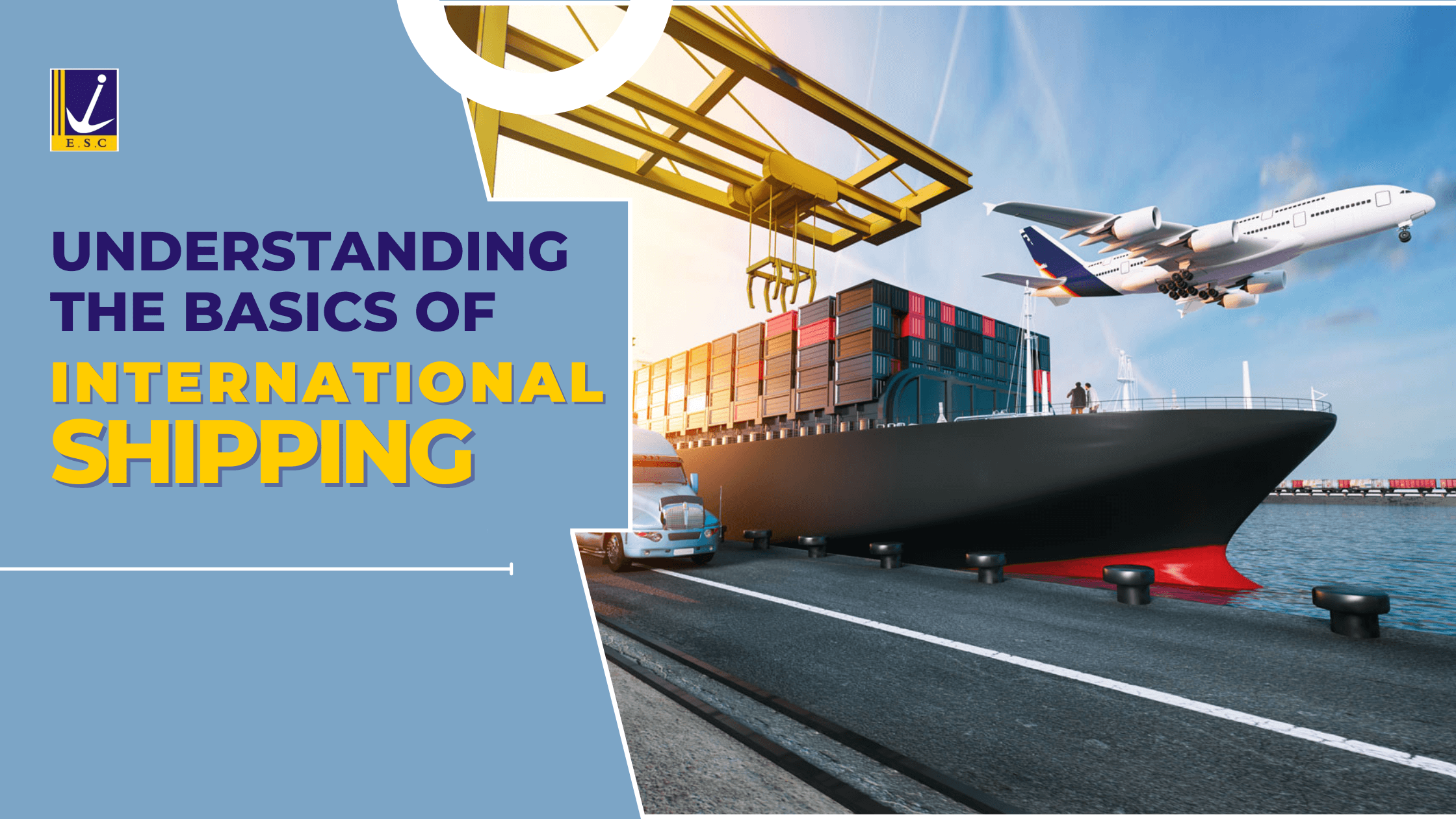What Is International Shipping?
International shipping refers to the process of transporting goods across borders to different countries. It involves various modes of transportation, including air freight, sea freight, and land freight. Understanding the basics of international shipping is crucial for businesses and individuals who engage in global trade.
Types of International Shipping Services
Air Freight
Advantages of Air Freight
• Rapid transit times: Air freight is the fastest mode of shipping, ideal for time-sensitive goods.
• Global reach: Air freight offers extensive coverage to reach almost any destination worldwide.
• Enhanced security: Tighter controls and surveillance in airports ensure the safety of shipments.
Limitations of Air Freight
• Higher costs: Air freight is generally more expensive than sea or land freight.
• Limited capacity: Airplanes have restricted space for cargo, affecting the shipment of oversized or bulky items.
• Weather disruptions: Flights can be delayed or cancelled due to adverse weather conditions, impacting delivery schedules.
Cost Considerations for Air Freight
• Factors affecting costs include weight, volume, distance, fuel prices, and additional services required.
• Calculating dimensional weight is essential to determine the billable weight for air freight shipments.
• Negotiating with airlines and consolidating shipments can help reduce costs.
Sea Freight
Advantages of Sea Freight
• Cost-effective: Sea freight is typically more economical for transporting large volumes of goods over long distances.
• Environmentally friendly: Ships have a lower carbon footprint compared to airplanes, making sea freight a greener option.
• Ideal for non-urgent shipments: Sea freight is suitable for bulky items, machinery, and commodities with longer lead times.
Limitations of Sea Freight
• Longer transit times: Ships are slower than airplanes, leading to extended delivery durations.
• Susceptible to weather conditions: Rough seas and storms can delay sea freight shipments.
• Customs clearance complexities: Dealing with different regulations and documentation requirements can be challenging.
Cost Considerations for Sea Freight
• Factors influencing costs include distance, container type, port charges, fuel surcharges, and insurance premiums.
• Understanding Incoterms and negotiating freight rates are crucial for managing sea freight expenses.
• Utilizing freight consolidation services and optimizing container space can help reduce costs.
Land Freight
Advantages of Land Freight
• Versatility: Land freight offers flexible transportation options, including trucks, trains, and inland waterways.
• Shorter transit times: Land freight can be faster than sea freight, especially for regional or domestic shipments.
• Accessibility: Land freight provides door-to-door delivery services, enhancing convenience for shippers.
Limitations of Land Freight
• Infrastructure limitations: Poor road conditions or inadequate facilities can hinder land freight operations.
• Regulatory challenges: Compliance with diverse regulations and restrictions in different countries can be complex.
• Security risks: Land freight is susceptible to theft, pilferage, and accidents, necessitating rigorous security measures.
Cost Considerations for Land Freight
• Factors impacting costs include fuel prices, toll fees, driver wages, insurance premiums, and maintenance expenses.
• Calculating fuel surcharges and understanding accessorial charges are essential for budgeting land freight shipments effectively.
• Implementing route optimization strategies and selecting cost-effective transport modes can help control land freight costs.
Conclusion
In conclusion, understanding the basics of international shipping is vital for navigating the complexities of global trade. By exploring the different types of international shipping services, their advantages, limitations, and cost considerations, businesses and individuals can make informed decisions when transporting goods across borders. Whether opting for air freight, sea freight, or land freight, choosing the right shipping mode can impact efficiency, cost-effectiveness, and overall success in the international marketplace. Embrace the world of international shipping with confidence and strategic planning to unlock new opportunities for growth and expansion.
